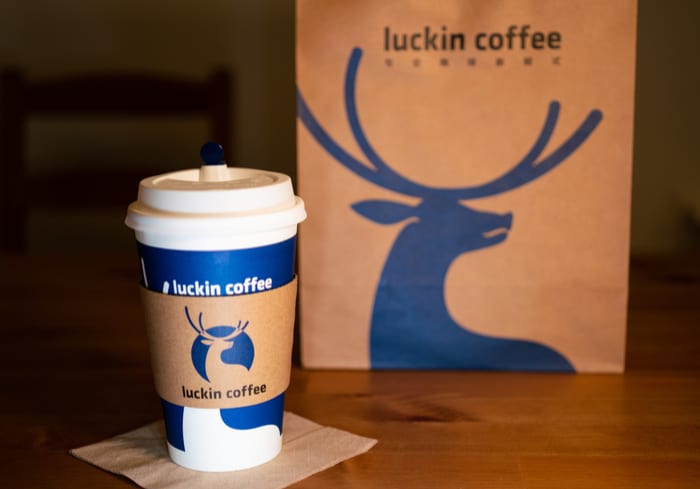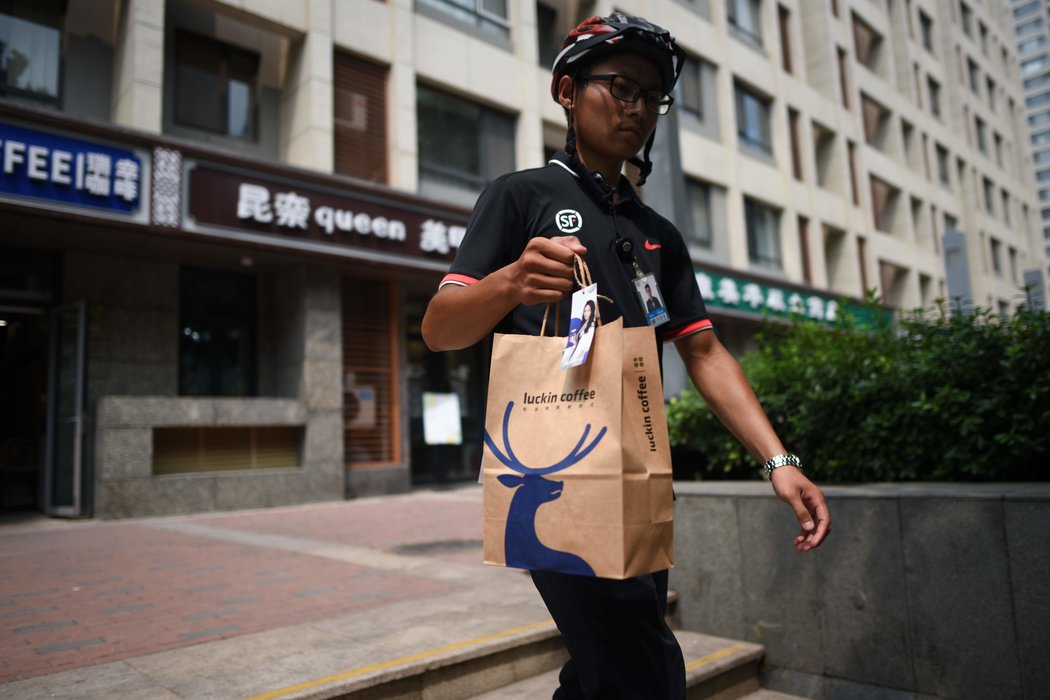Cuban coffee Cubita Amber Coffee unique Caribbean flavor coffee

Professional coffee knowledge exchange more coffee bean information please follow the coffee workshop (Wechat official account cafe_style)
Cuban coffee was introduced into Cuba from Domiga in 1748, and coffee has been grown in Cuba ever since.
As an important social tool, Cuban coffee is common in American coffee, but the Cuban coffee with typical exotic island flavor is not really Cuban coffee. Since the Cuban coffee industry is strictly controlled by the United States Government, the coffee consumed is only made from Brazilian or Colombian beans and Cuban coffee. If the embargo on the Cuban coffee industry is lifted, the demand for Cuban coffee will be very strong.
In Cuba, the cultivation of coffee is managed by the state. With fertile land, humid climate and abundant rain, Cuba can be called a natural treasure land for coffee cultivation, and suitable natural conditions provide a favorable natural environment for the growth of coffee trees. Cuba's best coffee growing area is located in the Central Mountains, because this area in addition to growing coffee, there are quartz, crystal and other precious minerals, so it is also known as "Crystal Mountain". Crystal Mountain is geographically adjacent to the Blue Mountain Mountains of Jamaica, with similar climatic conditions and taste similar to Blue Mountain Coffee, which is comparable to the Blue Mountains of Jamaica, so the Crystal Mountain of Cuba has become the object of comparison with the Blue Mountains of Jamaica. Crystal Mountain is also known as the "Blue Mountain of Cuba".
The vast majority of Cuban coffee beans are picked by hand. Coffee beans are picked about every half a month during the ripening period. During or after picking, coffee beans are classified and those immature and bad beans are removed to ensure the quality of the coffee. Cubans usually deal with coffee beans in two ways-tanning and washing. Tanning is the simplest, cheapest and most traditional way to treat coffee, which is to let the coffee fruit dry in the sun but not ferment. Generally dry when the LaIsabelica room is about four weeks. The washing rule makes the aroma of the fruit more into the coffee beans, thus adding a coarse fruit aroma to the coffee.
The coffee they produce has always been carried out in accordance with the washing standards of Arab coffee, and they have always followed its unique traditional practice to control the roasting process very extremely. it is necessary to have a very delicious, full-bodied and slippery coffee flavor, but also to keep the coffee beans from being overroasted and causing heat. "Crystal Mountain Coffee" is almost synonymous with top Cuban coffee: soft and persistent acidity, clean taste, delicate and smooth, excellent balance of acidity and bitterness.
The most famous coffee in Cuba: Cubita Amber Coffee
Cubita is like an elegant princess, with a feeling of natural tenderness, nobility, tenderness and elegance for women. The balance is excellent, bitterness and acidity are well matched, and there will be a meticulous, smooth, refreshing and elegant feeling when tasting, which is the best enjoyment of coffee. It is known as "unique Caribbean flavor coffee" and "special coffee beans in island coffee beans".
Current situation and future of the coffee industry in Cuba:
Cuba's coffee industry is tightly controlled by the government and is therefore isolated from other coffee-producing countries. In particular, the embargo imposed by the United States since the 1950s has also made the price of Cuban coffee untouchable, low-key but slightly mysterious. Once the embargo is lifted, the demand for Cuban coffee in the United States market will be very strong, and some non-governmental organizations in the United States will be happy to provide support, so coffee cultivation in Cuba is expected to flourish rapidly.
Coffee has been cultivated in Cuba for more than 200 years. Arabica and Robusta are both grown, and coffee beans are all picked by hand. The tropical climate and rare varieties of the Caribbean Gulf give Cuban coffee a typical exotic island flavor. Strong chocolate and nutty flavors, as well as heavy tobacco flavors.
There are about 1.4 million Cubans in the United States, mainly in and around Miami, so Cuban coffee is very popular in these places, generating more than US $100 million in business each year, but because of the United States embargo on Cuba, these so-called Cuban coffees are made only from Brazilian or Colombian beans and Cuban coffee, not from Cuban beans. Like other countries where coffee is important (such as Sweden, Turkey, Ethiopia, etc.), Cuban coffee is also an important social tool.
END
Important Notice :
前街咖啡 FrontStreet Coffee has moved to new addredd:
FrontStreet Coffee Address: 315,Donghua East Road,GuangZhou
Tel:020 38364473
- Prev

Luckin Coffee will be listed in the United States, the valuation is less than half of Starbucks, it is said to cooperate with ele.me
Professional coffee knowledge exchange more coffee bean information Please follow the coffee workshop (Wechat official account cafe_style) Luckin Coffee will be listed on May 17, but the valuation is less than half that of Starbucks. According to IPO, Luckin Coffee will price on May 16 and list on May 17. According to the prospectus, Luckin Coffee plans to join the NASDAQ
- Next

Ruixing coffee successfully listed in the United States, burning money mode can continue?
Professional coffee knowledge exchange More coffee bean information Please pay attention to Coffee Workshop (Weixin Official Accounts cafe_style) Shanghai To compete with Starbucks in coffee, here is a way: pay customers. As an unprofitable start-up, Luckin Coffee will offer a lot of freebies and substantial discounts in less than two years.
Related
- What brand of black coffee is the most authentic and delicious? what are the characteristics of the flavor of the authentic Rose Summer Black Coffee?
- Introduction to the principle and characteristics of the correct use of mocha pot A detailed course of mocha pot brewing coffee is described in five steps.
- Which is better, decaf or regular coffee? how is decaf made?
- How much is a bag of four cat coffee?
- How about four Cat Coffee or Nestle Coffee? why is it a cheap scam?
- Which is better, Yunnan four Cats Coffee or Nestle Coffee? How about cat coffee? is it a fake scam? why is it so cheap?
- How about Cat Coffee? what grade is a hoax? which instant coffee tastes better, four Cat Coffee, Nestle Coffee or G7 coffee?
- Process flow chart of coffee making-Starbucks coffee making process what coffee tastes good at Starbucks
- The top ten best coffee beans in the world Rose summer coffee or Tanzanian coffee tastes good
- Yunnan four cat coffee is good to drink?_four cat coffee is a big brand? four cat blue mountain coffee is fake?

